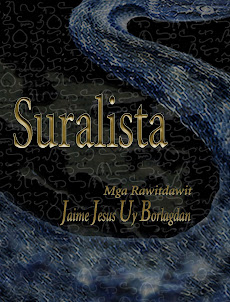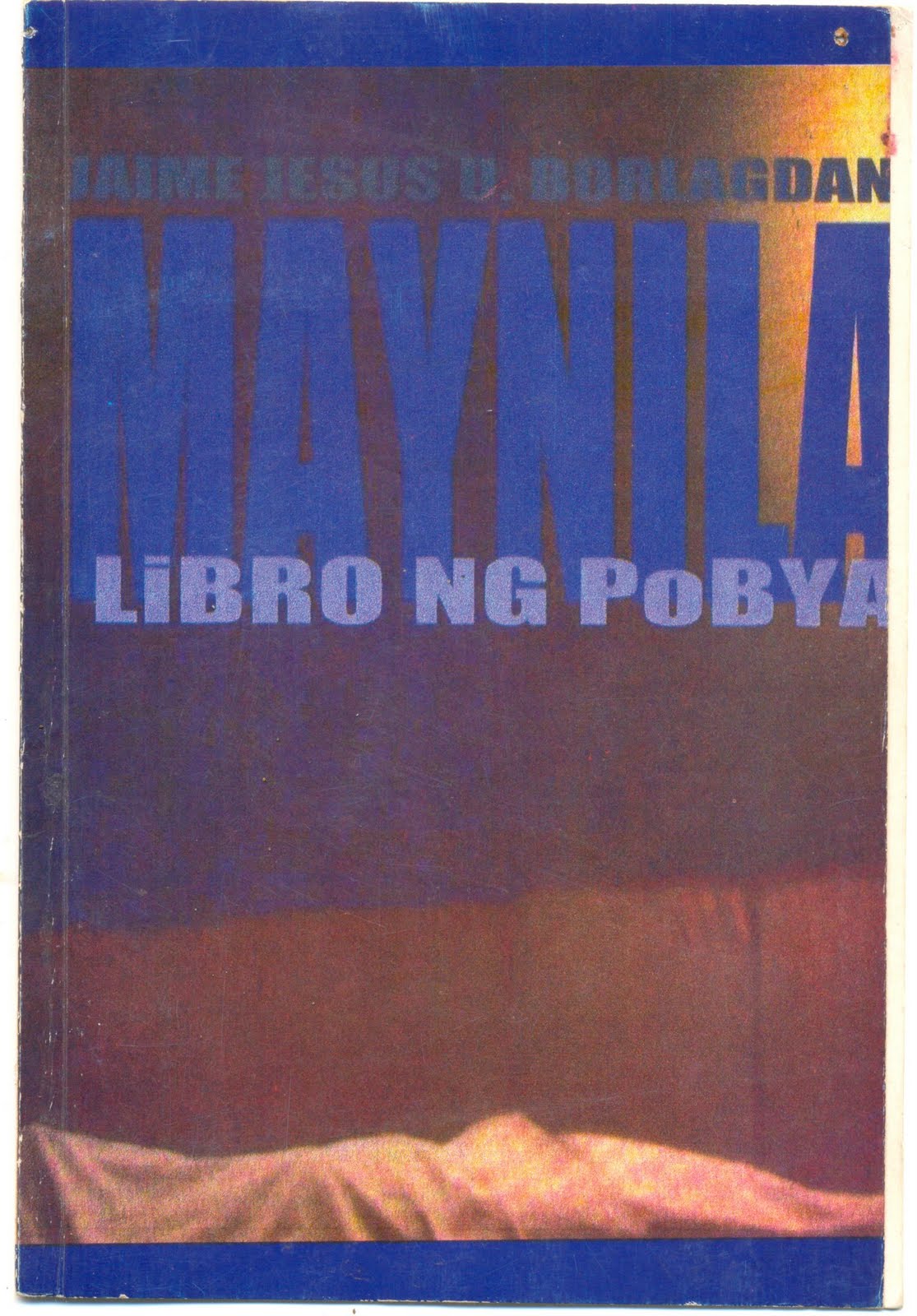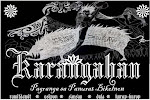
Kan nilaog siya sa harong
arog kan awot na ginabot sa magapo
dangan tinanom sa maray na daga,
kan su sinaray niyang isog nawaran ki kamugtakan,
nagadan na man su pagmawot niyang mabuhay.
Sa imbong kan mga lanob
na daing lipot na pigpapalaog
luminatang su saiyang tulang
na napupungaw sa pangangaipo
ki paglakop.
Su lawas niyang dai na nahihigot
ki punaw buda pakig-agaw,
huminewas sa rasay
kan ubos na mga laogan.
Ta hali digdi kuminamang
an dakol na burak kan buru-banggi
niyang pag-utob
sinurop su saiyang sapog.
Natada saiya an masakrot
na duga kan pag-alang.
Dangan siya buda an bintana
pagturog na an gabos
pigsasapar an haldat kan imon
sa layas na mga bituon.
Saro siyang awot
na ginibong tinanom.
Tabang saiya an panahon
na maako an saiyang pagkatanom.
An saiyang ogma mga ngipon
kun kaipuhan niyang pahilingon.
Naubos na
su saiyang mga ngipon.
Sa balkon kan saiyang pagsulnop,
pighiling niya su laog kan saiyang kamot.
Pigsusog duman su mga dalan kan salog.
Punas na kan haloy na dai pagmawot.
Bago abutan kan diklom
luminuwas siya sa harong.
Naglakaw na daing kiling,
na garo dai nang kikilingan
sagkod maabot
an lugar na daing kasiguruhan.
An kadlagan
kun sain sana siya may kasiguruhan.
Duman an paghangos
na haloy pinugol
giraray pinunan.
Enero 10, 2007. Pawa.
Translation:
A story of a weed
When she was housed
like a weed pulled from rocks
then planted on fertile soil,
when her kept wildness lost its sense,
death came to her will to live.
Under the warmth of walls
which allow no coldness
her bones became lacy
longing for the need to spread.
No longer tightened
by hunger and competition,
her body loosened in a fall
of empty containers.
For from this crawled
many flowers of her nightly
obedience
sucking her sap.
What was left of her is the bitter
juice of dried-ness.
And when everything is asleep,
she and the window
suffers the burn of jealousy
for the wild stars.
She is a weed
made into a plant.
Time aids her
to accept her plant-ness.
Her happiness are teeth
when she needs to show it.
She lost all her teeth.
In the porch of her setting,
she stares at the inside of her palm.
Tracing there river paths.
Erased by the long absence of desire.
Before darkness reaches her
she steps out of the house.
Walks without looking back,
like there's nothing there to look back for
until reaching
a place of uncertainty.
The forest
where she has certainty.
There the breathing
that was long held
is again begun.
An istorya kan sarong awot/ A Story of a Weed
Posted by
Jai Jesus Uy Borlagdan
Sunday, February 15, 2009








0 comments:
Post a Comment